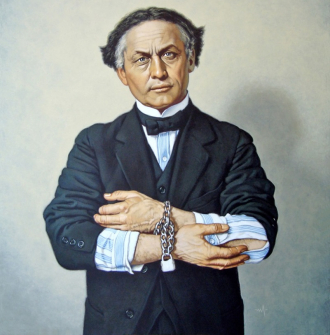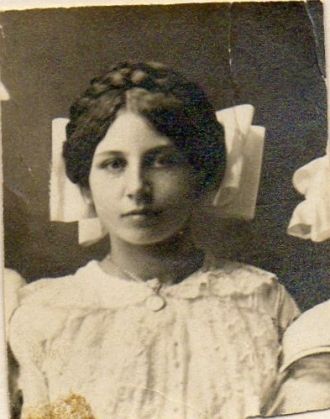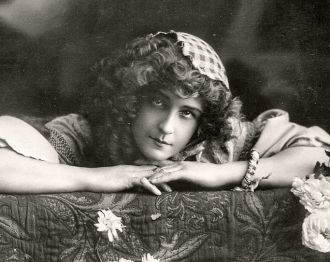Harry Houdini 1915
Harry Houdini around 1915 performing another escape trick - this time escaping from handcuffs and chains around his ankles.
Photo courtesy of Library of Congress, Bain News Service.
Photo courtesy of Library of Congress, Bain News Service.
Date & Place:
in USA


 Kathy Pinna
Kathy Pinna 





